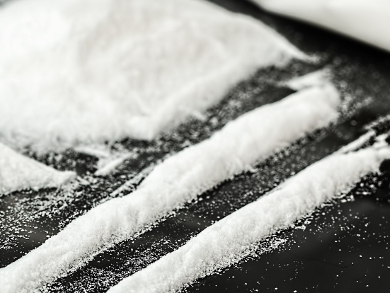Cocaine is metabolized mainly to benzoylecgonine (BEG) and in lesser amounts to ecgonine, methyl ester, and ecgonine, as well as to norcocaine (NCOC), p-hydroxycocaine, m-hydroxycocaine, p-hydroxybenzoylecgonine, and m-hydroxybenzoylecgonine. Cocain and its metabolites accumuluate in hair, where they can be detected until the hair that grew during cocaine use is cut or falls out. Cocaine is the most abundant analyte in hair. Hair analysis is routinely employed in forensic science to detect and quantify drug abuse and, unlike blood and urine samples, can be applied retrospectively to determine the history and severity of an individual’s drug use.
Cristiana Gambelunghe, University of Perugia, Italy, and colleagues analyzed 90 hair samples from addicts for their cocaine, benzoylecgonine, norcocaine, cocaethylene, and tropococaine content by gas chromatography mass spectrometry (GC-MS) techniques coupled with direct immersion solid-phase micro-extraction.
For light (0.5 – 3 ng/mg), moderate (3.1 – 10 ng/mg), and heavy (10.1 – 40 ng/mg) cocaine users the following criteria are always fulfilled: cocaine concentration ≥0,5 ng/mg, BEG concentration ≥0.05 ng/mg, and BEG to cocaine ratio > 6.43 %. The presence of minor metabolites as proof of cocaine usage has very limited applications. NCOC emerged as a highly sensitive marker only for cocaine concentrations above 9.58 ng/mg. This corresponds to frequent drug use.
This study shows the very limited applications of testing minor cocaine metabolites for definitive proof of active cocaine consumption.
- Norcocaine and cocaethylene distribution patterns in hair samples from light, moderate, and heavy cocaine users,
Cristiana Gambelunghe, Riccardo Rossi, Kyriaki Aroni, Alessio Gili, Mauro Bacci, Vincenzo Pascali, Nadia Fucci,
Drug Test. Anal. 2015.
DOI: 10.1002/dta.1903




